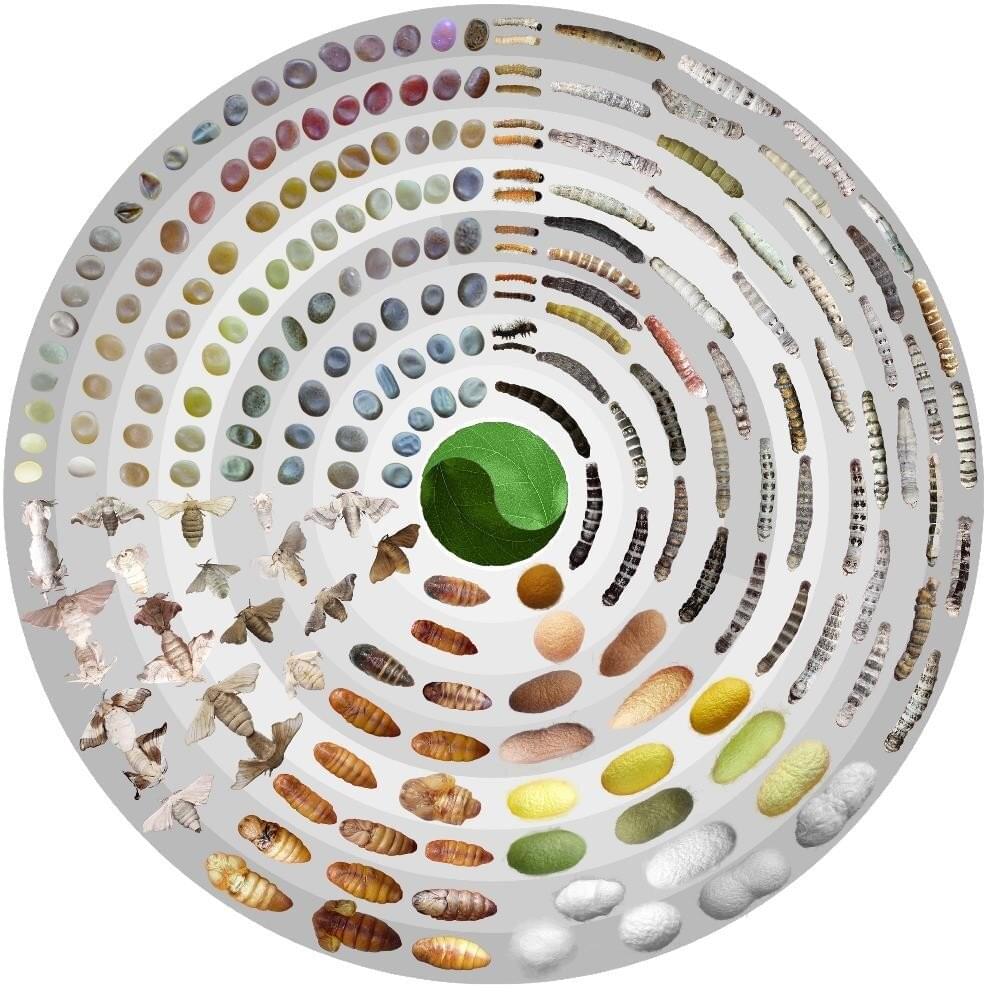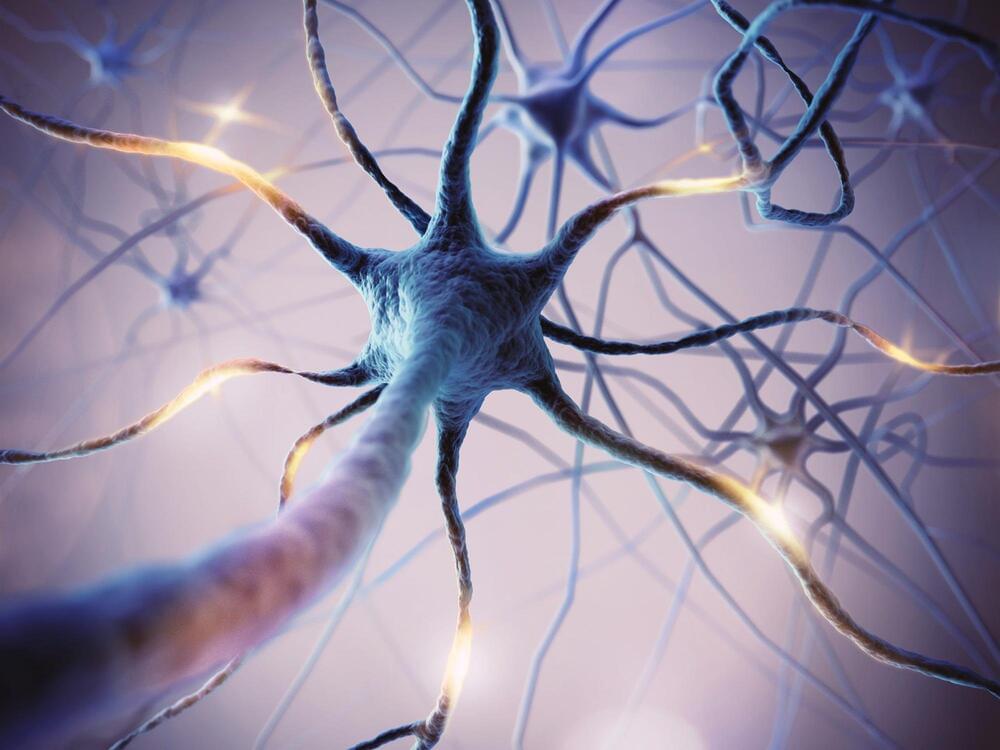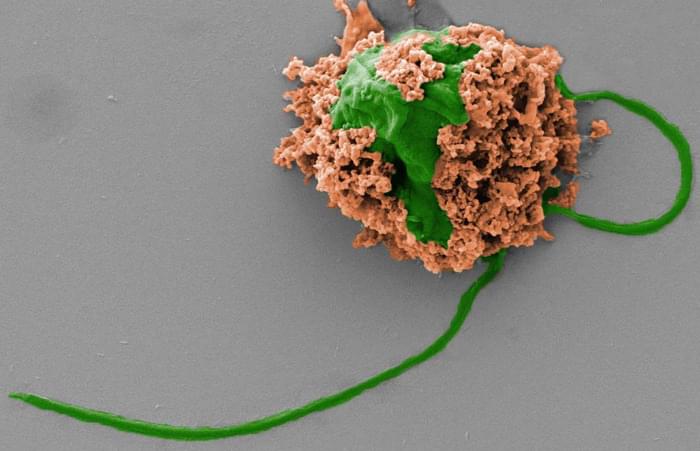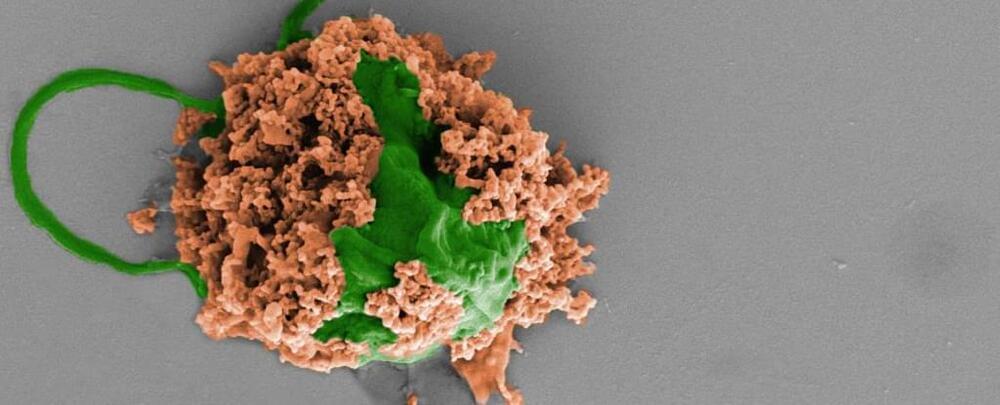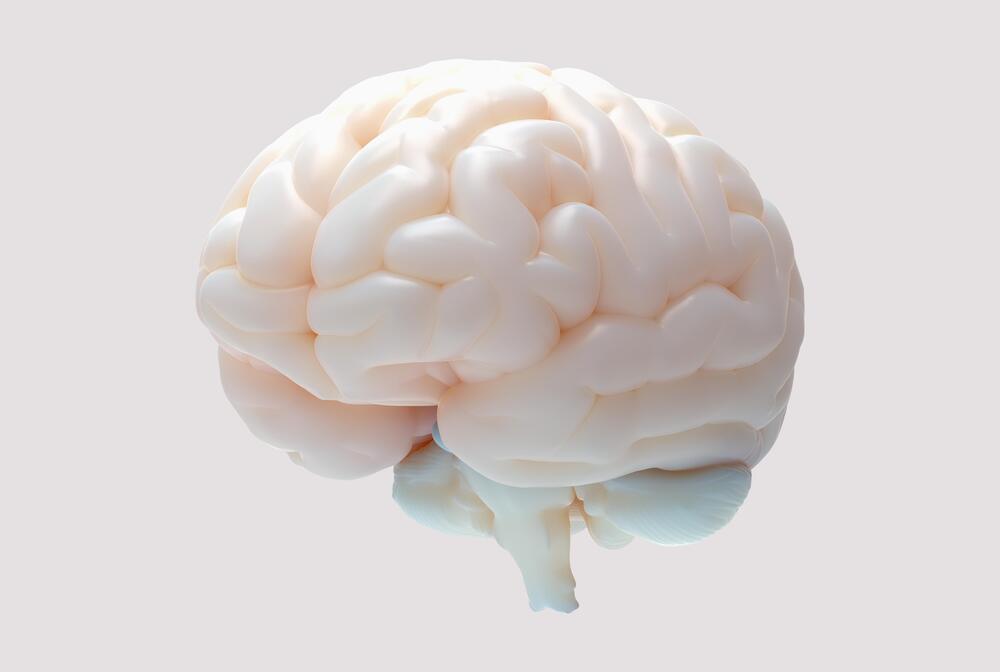Our brains are among the most complex objects in the known universe. Deciphering how they work could bring tremendous benefits, from finding ways to treat brain diseases and neurological disorders to inspiring new forms of machine intelligence.
But a critical starting point is coming up with a parts list. While everyone knows that brains are primarily made up of neurons, there are a dazzling array of different types of these cells. That’s not to mention the various kinds of glial cells that make up the connective tissue of the brain and play a crucial supporting role.
That’s why the National Institutes of Health’s BRAIN Initiative has just announced $500 million in funding over five years for an effort to characterize and map neuronal and other types of cells across the entire human brain. The project will be spearheaded by the Allen Institute in Seattle, but involves collaborations across 17 other institutions in the US, Europe, and Japan.

